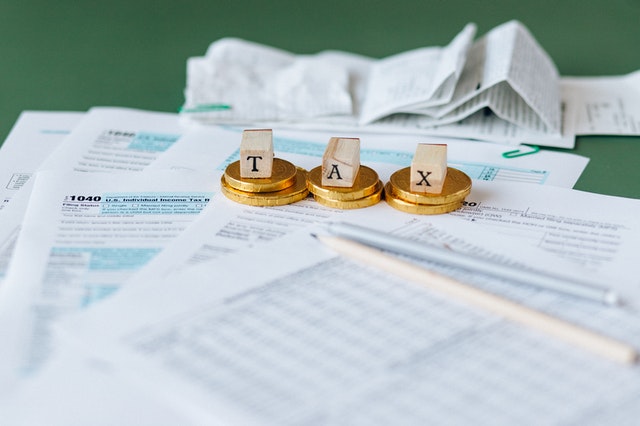

Since 2010, the Global Law Experts annual awards have been celebrating excellence, innovation and performance across the legal communities from around the world.
posted 3 years ago
By CA Nilesh M Kapadia
Background
Double taxation of income – first, in the hands of the companies and thereafter in the hands of the shareholders on distribution as dividend is prevalent worldwide and is the classical system of dividend taxation. The manner in which dividend income is taxed in India has undergone changes over the years. In 1997, India introduced the Dividend Distribution Tax (‘DDT’) regime wherein dividend income was exempt in the hands of the shareholders but the company paying the dividend was required to pay DDT at a flat rate (irrespective of the tax rate applicable to respective shareholders). Ease of tax collection on dividends at a single point was a prime reason for such a move. However, this methodology was considered regressive and inequitable, as dividend is income in the hands of the shareholder and not in the hands of the company. In 2002, the incidence of dividend tax was shifted to the shareholders and again shifted back in the hands of the company in 2003.
India has now re-introduced the classical system of taxing dividends in the hands of the shareholders as was prevalent in the past. The classical system of taxing dividends will be effective from Financial Year (‘FY’) 2020-21 and will apply to dividends distributed on or after 1 April 2020. Whilst the former DDT regime had the advantage of ease of tax collection, it significantly increased the cost of doing business in India; especially for foreign investors, as there were issues on availing credit of DDT in their home jurisdiction (given that DDT was a tax on the company and not on the shareholders) and thereby leading to double taxation in many cases. The effective DDT rate of 20.56% was also significantly higher than the maximum rate at which India would have had the right to collect tax under most of the relevant tax treaties. Given the re-introduction of the classical system of taxing dividends coupled with reduced corporate tax regimes introduced in 2019, India certainly has emerged as an attractive destination for foreign investors. This should augur well in attracting companies seeking to diversify their global supply chains due to COVID-19.
We discuss below the key aspects of the newly introduced dividend taxation, practical issues and potential solutions.
posted 21 hours ago
posted 21 hours ago
posted 2 days ago
posted 2 days ago
posted 2 days ago
posted 5 days ago
There are no results matching your search.
ResetSign up for the latest advisory briefings and news within Global Advisory Experts’ community, as well as a whole host of features, editorial and conference updates direct to your email inbox.
Naturally you can unsubscribe at any time.
Global Advisory Experts is dedicated to providing exceptional advisory services to clients around the world. With a vast network of highly skilled and experienced advisers, we are committed to delivering innovative and tailored solutions to meet the diverse needs of our clients in various jurisdictions.